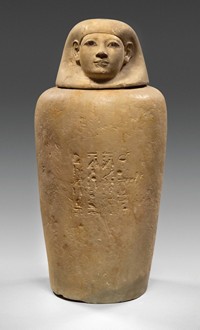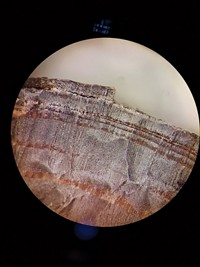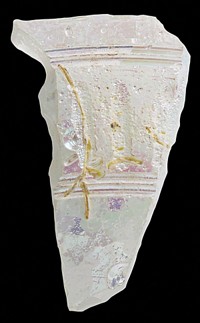Advertisement
Grab your lab coat. Let's get started
Welcome!
Welcome!
Create an account below to get 6 C&EN articles per month, receive newsletters and more - all free.
It seems this is your first time logging in online. Please enter the following information to continue.
As an ACS member you automatically get access to this site. All we need is few more details to create your reading experience.
Not you? Sign in with a different account.
Not you? Sign in with a different account.
ERROR 1
ERROR 1
ERROR 2
ERROR 2
ERROR 2
ERROR 2
ERROR 2
Password and Confirm password must match.
If you have an ACS member number, please enter it here so we can link this account to your membership. (optional)
ERROR 2
ACS values your privacy. By submitting your information, you are gaining access to C&EN and subscribing to our weekly newsletter. We use the information you provide to make your reading experience better, and we will never sell your data to third party members.
Environment
Searching For Shipwrecked Resin’s Home
ACS Meeting News: Researchers use NMR to propose the origin of resin found in a 13th-century shipwreck found off the coast of Java, Indonesia
by Sarah Everts
March 30, 2015
| A version of this story appeared in
Volume 93, Issue 13
In the 13th century, a merchant ship stocked full of ceramics, ivory, iron, and resin sank off the Indonesian island of Java. Some of the cargo likely originated from China, Vietnam, and Thailand, but the source of the fragrant resin—collected from plants and trees and used for perfumes, medical balms, and incense—has been a mystery. Using an NMR-based technique, Joseph B. Lambert and Allison Levy, both of Trinity University in San Antonio, determined that the resin may have originated in India or Japan. The team took carbon-13 and proton NMR spectra from samples of the shipwreck’s resin and compared the results with resin spectra from known locations as well as plant and tree sources. “At the time, resin could have come from a number of sources in Southeast Asia,” explained Lisa Niziolek, a researcher at the Field Museum, in Chicago, which houses some of the Java wreck artifacts. “Interestingly, the merchants themselves may not have known the true original source of the resin,” she said, because a lot of products were unloaded and redistributed at ports along this so-called maritime Silk Road trading route.





Join the conversation
Contact the reporter
Submit a Letter to the Editor for publication
Engage with us on Twitter